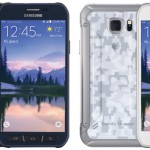Five years ago, launching a decent streaming platform took millions. Now? A teenager with a laptop can build something that reaches millions. That shift…
Kalvin Subbadu: Watch out, there’s more to come from WD South Africa

WD (the hard drive division of Western Digital Corporation) has been a big player in the storage industry since the early 1970s. The Irvine, California-based company has seen spikes in revenue and profits for a few quarters now, and that’s backed up by improving prospects in the southern tip of Africa too.
At EGE 2015, Gearburn sat down with WD sales manager of components Kalvin Subbadu and Nick de Jager, key account manager for WD’s primary partner Frontosa SA, to shed a little more light WD’s future in terms of gaming, storage technologies as well as its future in South Africa and the African market as a whole.
Gearburn: How do you see WD’s position in the gaming industry especially considering that SSDs are becoming more and more attractive?
Kalvin Subbadu: It’s a question many people have been asking. With SSD sales and their prominence picking up in the market, there will always be a need for the hard drive, especially in the gaming industry.
SSDs are not meant to store data. They’re meant for quick access, quick boot up, and so on. But you’ll always need to store data and the hard drive will always be a part of that.
It’ll always be the bigger capacity entity, and will always boast the lower cost per gigabyte. The perfect scenario would be having an SSD and a hard drive working together in tandem.
Adding to that, we’ve positioned ourselves in two segments to address the gaming world. On the one hand, there’s the capacity side — meaning that if you have a high speed SSD and you need a high capacity we’ve got a normal drive that’s just based on capacity, which is the WD Green drive. These start at 500GB and move up to 6TB. Then if you want speed in your hard drive, we address that with the WD Black drive.
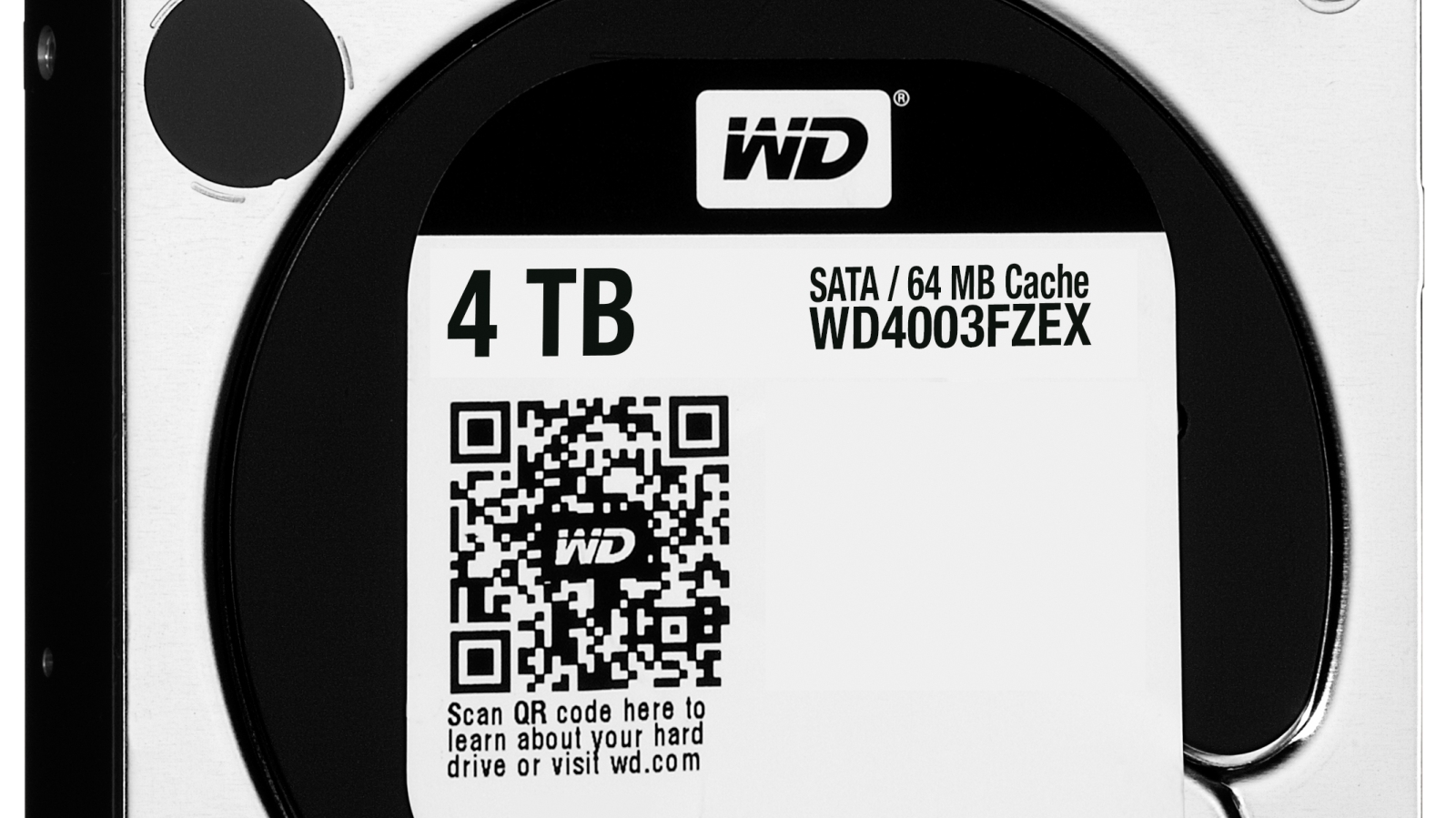
WD’s Black drive is all about high performance for gamers, noted Kalvin Subbadu.
So the Black drive has a dual processor, advanced formatting and etcetera, to enhance the speed of the drive. So, take a Black drive versus a normal 7200RPM drive and it’s around 29% faster.
There’ll always be a need for those kind of drives in the market, especially for gamers and for those who can’t afford an SSD.
Nick de Jager: Getting back to your question, SSDs have also been proven to not give higher frames per second in games. It’s one out of every ten games where the SSD would actually increase the frames per second but those are games that use high density data that’s stored on the drive itself.
Where WD comes in is that they’ve created the Black², which is a partial SSD but also has a hard drive capacity of 1TB. So they’ve positioned themselves perfectly in the market and they have absolutely no threat from SSDs at all.
G: Based on that answer, do you ever see WD moving into the SSD market?
KS: That’s a very difficult question to answer. At the moment the SSD market is very watered-down, exposed and congested so we will invest when we feel that it’s the right time. When the need grows and when we see the right growth capacity for us. We cannot give you a specific time, but when we do, the media will be the first to know.
G: Let’s move away from SSDs for a moment. For a budget gamer who wanted to use a WD Green drive as a primary drive, would you recommend it?
This led to quite an interesting set of answers. While de Jager mentioned that Blue or Purple drives would be fine for a gaming setup, Subbadu didn’t recommend the Purple drive at all. Both however suggested that gamers should use the Green drive as a storage drive, not as primary workhorse.

Catering for storage above absolute speed, the WD Green drives have been a long term companion to SSDs in some users’ gaming systems.
KS: No, no we don’t recommend it.
For me, I wouldn’t suggest a Green drive or I wouldn’t suggest a Purple drive at all [for gaming]. If you’re on a budget, you’d go for a Blue or a Black. The difference between a 7200RPM drive versus a normal IntelliPower drive you won’t notice on normal use, but when you’re gaming you might just notice the difference.
G: Can you perhaps explain how IntelliPower works?
KS: It manages power by varying rotational speed of the [Green] drive and the more you use the drive, the drive will spin up. The entire concept behind the Green drive is power control and energy efficiency, and WD — not just WD but the hard drive industry as a whole — believes that the lower temperature at which your drive runs, the better the longevity of the drive.
So if we can run it at lower temperatures, the drive will last longer. The drives can go up to around 40°C, and that’s a lot. So we try to bring down the power so that the drive can have a longer life.
G: There’s the issue of performance and there’s the issue of capacity which you mentioned earlier, Kalvin. We’ve seen drives upwards of 8TB in international markets. Are those available in South Africa as yet, and if not, when will we see them?
KS: No, these aren’t available in South Africa yet. We don’t have a date as yet either. We’re currently on 6TB.
So, the IT industry is a funny industry. When we launched a 4TB, it was too small; we needed a 6TB because it’s what the market wants. And as soon as we launch a 6TB, we heard shouts of “too small” and we had to launch an 8TB. So we try to keep up with the industry as best we can. We’ve launched the 6TB Red and the 6TB Green and we’ll run through the remaining drive colours. The 8TB will come when we feel the time is right.
G: Do you think we’ll ever reach that storage ceiling, when too much is too much?
KS: I don’t think we’ll ever reach the storage ceiling.
NJ: I don’t think there will ever be a storage ceiling. At one point, everyone thought an [Intel] 386 would be perfect, and look at where we are now. Things will get smaller, bigger [in terms of capacity], faster.
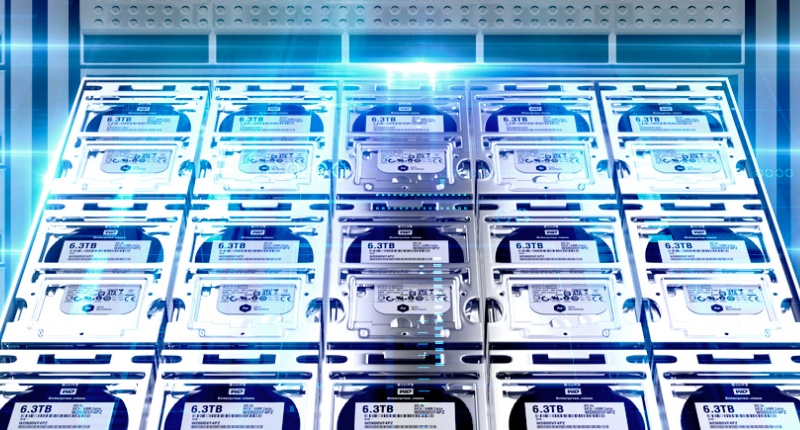
We’ve seen some interesting tech coming out of WD’s stable recently, including the new enterprise grade cold storage drives.
G: What about the current 3.5-inch form factor? Will we reach a point where that’s too small?
KS: That’s a very, very interesting question because what we’re going through at the moment is that we’re running out of space inside the drive to expand on platters. So we are finding ways to ensure growth occurs. There’s a huge investment in R&D from the WD perspective.
G: I suppose one way around this is to add SSD components onto the hard drive itself?
KS: Yes, and the Black² is that.
24TBs — four 6TB drives in a NAS — was traditionally looked at as corporate storage. Now 24TB could be seen as too small for personal storage. Now you have 4K video, high definition pictures. To give you an example, when someone gets married they take a thousand photographs. They want safe storage. When they go on holiday, they want to store those pictures where they can access them all easily. That’s really where the future lies from a capacity point of view.
NJ: If you take a Blu-ray movie and copy it onto your drive, that’s already 15GB. If you copy a 4K movie, that’s almost 30GB.
G: Does WD have any future commitments to eSports you’d like to share with us?
KS: We are investing in something called verticals — so, strategies and plans away from the traditional desktop. These verticals include the likes of the NAS market, the surveillance market, the cloud market and the gaming market. So we will continue investing and we’ll look at different strategies on how we can plan and how we can look at way to add to this ever growing industry.
So we partnered with Frontosa because we see them as a key partner and key reseller that can address the needs of gamers in the market and we will look for partners and partner with companies like Frontosa going forward. We invested last year in [NAG’s] rAge, we brought a prominent pro-gamer [to the expo]. So WD will continue investing where we see fit and where we see there’s growth.
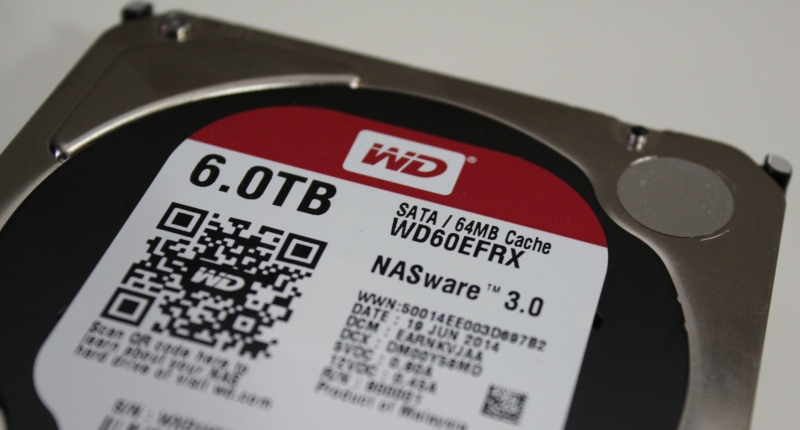
One of WD’s verticals, the NAS (network attached storage) space includes these behemoths — the WD Red drives.
G: What of hard drive prices?
NJ: They have recently dropped. After the flood about two years ago, the prices did increase. But the prices have slightly dropped since. Since last year, they’ve dropped by about 10% and recently prices have dropped by another 5%.
G: Nick, can you briefly explain what causes hard drive price fluctuations?
NJ: RoE (return on equity) has a major effect. Rand/Dollar has a major effect on whether or not we import, and what price we pay for imports. Big companies like Massmart also have an effect on the price. As well as supply and demand, whether a drive is available and whether or not there’s a high demand and/or a shortage.
G: Do you think hard drive prices will continue to drop?
NJ: Yes, I believe so. Three years back we were looking at a 2TB for almost R1700 and now we’re looking at R1000 cost price for a 2TB. And its continuously dropping month after month.
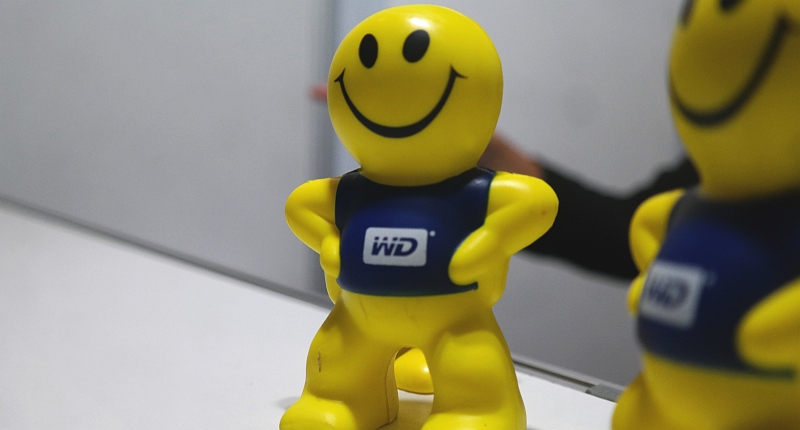
KS: So I have a different outlook.
From a manufacturer’s perspective [as opposed to Frontosa’s reselling-based perspective] we cannot state whether hard drive prices will drop or not. What we can say is that we’ll ensure that you get the value for your money and we will try to be as competitive as possible.
So, that’s what we aim for. We will look at market conditions. We’ll access competitor pricing, we’ll look at SSD pricing, and look at the entire market going for. But as for a definitive answer, I can’t say whether or not the prices will continue to drop or remain stable. But capacity’s going to increase, so obviously the price will increase with more capacity and with the fluctuation of the Rand, one day you could be paying R700 for a 1TB and the next day R800. So we can’t say that it’s coming down. It depends on a multitude of things.
G: You’ve mentioned competitors, Kalvin. How is WD keeping ahead of “the other guys”?
KS: So, we say our biggest competitor is the delete button. That is our biggest competitor.
Why am I saying this? We don’t want you to delete, because you should never ever think that “I’m running out of space, I need to delete a hundred files”. So that is out biggest competitor. And we will strive to ensure that you don’t use that button, so whether it be increasing the capacity of the hard drives or increasing the spin speed or looking at different verticals — that’s how we’re looking at expanding.
G: Can you perhaps comment on WD’s future in South Africa? What does it hold?

KS: So the future of WD is bright. We’ve come a long way. I started at WD in 2012 and officially took over in 2013 and we looked at South Africa and Africa as a whole and said, “Hey, this is a place we need to invest in as there’s a lot of growth”.
We will continue to look at different avenues to grow our brand. We’ll invest in key resellers, we’ll invest in events, we’ll look at certain areas to expand. So it’s something that we’ll continue to grow.
We see growth quarter on quarter in a market which is stagnant in certain areas; we are growing purely because we think outside the box and we do not focus on a certain aspect, we focus on various ways to expand.
So what I can tell you from a vendor to the media is: watch out, there’s more to come.

